Reviewed by Julianne Ngirngir
Google's latest Fitbit app update brings the slickest interface yet to your Pixel Watch, but the real story is how it transforms your wrist into command central for health tracking.
What you need to know:
New Fitbit app interface mirrors the Pixel Watch companion app design
Device settings now feature large previews, reorganized menus, and cleaner navigation
Material 3 design language is rolling out to watch tiles with bolder colors and smoother animations
Battery life extends up to 36 hours with the new Battery Saver Mode
The centerpiece of this makeover? That stunning device preview that now dominates the top of your settings screen. Gone are the cramped tiles of yesteryear. Instead, you get a gorgeous large preview of your connected device and its current watch face, with connection status, battery level, and sync info elegantly displayed below. The "Sync now" button has been relocated to the top-right corner—finally where your thumb expects it to be.
Why this design overhaul actually matters
Here's the kicker: this isn't just about looking pretty. The new interface solves real user pain points that had people fumbling through multiple screens just to find basic settings. Instead of the old maze-like navigation, Google has reorganized everything into logical sections—notifications, Google services, device preferences, and Fitbit reminders. What used to take five taps now takes two.
The three prominent cards for Watch faces, Apps, and Tiles create a clean, minimalist aesthetic that mirrors the Pixel Watch companion app experience. Tap any card and you're taken to the familiar management screens, but getting there now feels effortless rather like you're wrestling with Windows 95. It's the difference between fumbling around in the dark and having someone turn on the lights.
Don't Miss: If you haven't seen the update yet, don't panic and factory reset your watch. The rollout is happening in phases, and some users on Reddit initially thought their devices were broken.
The real magic happens on your wrist
While the phone app gets a visual refresh, the Pixel Watch itself is receiving the Material 3 Expressive (M3E) treatment. This means bolder icons, vibrant gradients, and interface elements that "trace the curvature" of your watch's circular display.
You'll spot the changes immediately in Fitbit tiles like Daily Heart Rate and Exercise Quick Launch. The updated tiles make better use of color hierarchy and space, with buttons that feel more tactile and naturally integrated into the display. It's the difference between flat, corporate design and an interface that actually feels alive on your wrist. These improvements are powered by Wear OS 5, which brings enhanced performance and up to 20% better battery efficiency during marathons compared to Wear OS 4.
Beyond the visual upgrades, you get enhanced running metrics like ground contact time and stride length, plus new health features that don't require a Premium subscription. The Daily Readiness Score is now available to all users, using your sleep data, resting heart rate, and heart rate variability to show when you're ready for intense workouts.
Getting the most from your upgraded experience
The combination of these software improvements with the Pixel Watch 3's 40% larger display and 2,000-nit brightness creates something remarkable—an experience that finally feels purpose-built rather than adapted from smartphone interfaces. The larger 45mm model gives you 40% more screen real estate to appreciate these design improvements, while both sizes benefit from the enhanced readability.
The new Workout Builder lets you create custom runs directly on your watch, while Fitbit Premium users get AI-powered daily run recommendations that adapt to your fitness history. Think of it as upgrading from generic workout videos to having a personal trainer who actually knows whether you crushed yesterday's session or need a recovery day. These AI recommendations analyze your goals, past performance, and readiness score to suggest workouts that match your body's actual needs—not just a predetermined schedule.
PRO TIP: Take advantage of the Loss of Pulse Detection feature if you have a Pixel Watch 3. This potentially life-saving capability can automatically call emergency services if your heart stops beating—a first-of-its-kind feature that showcases where wearable technology is heading.
Where does this leave your everyday experience?
The takeaway? Google is finally delivering on the promise of seamless integration between hardware, software, and services. This Fitbit app redesign isn't just cosmetic—it's preparation for a broader Material 3 Expressive rollout that will likely include the long-awaited dark mode.
Your Pixel Watch is evolving into a comprehensive health intelligence hub that goes beyond basic step counting. With continuous updates improving everything from GPS accuracy to heart rate tracking during exercise, plus features like auto-workout recognition for six different activities, the device keeps getting smarter without requiring new hardware. According to Google's clinical leads, we're moving toward a future where wearables provide "personalized risk using data rather than extrapolation," potentially offering medical insights that connect your daily health patterns with actual preventative care.
The real question isn't whether this update makes your Pixel Watch prettier—it's whether you're ready to let it become your primary fitness coach, health monitor, and digital assistant all rolled into one gorgeous package on your wrist.





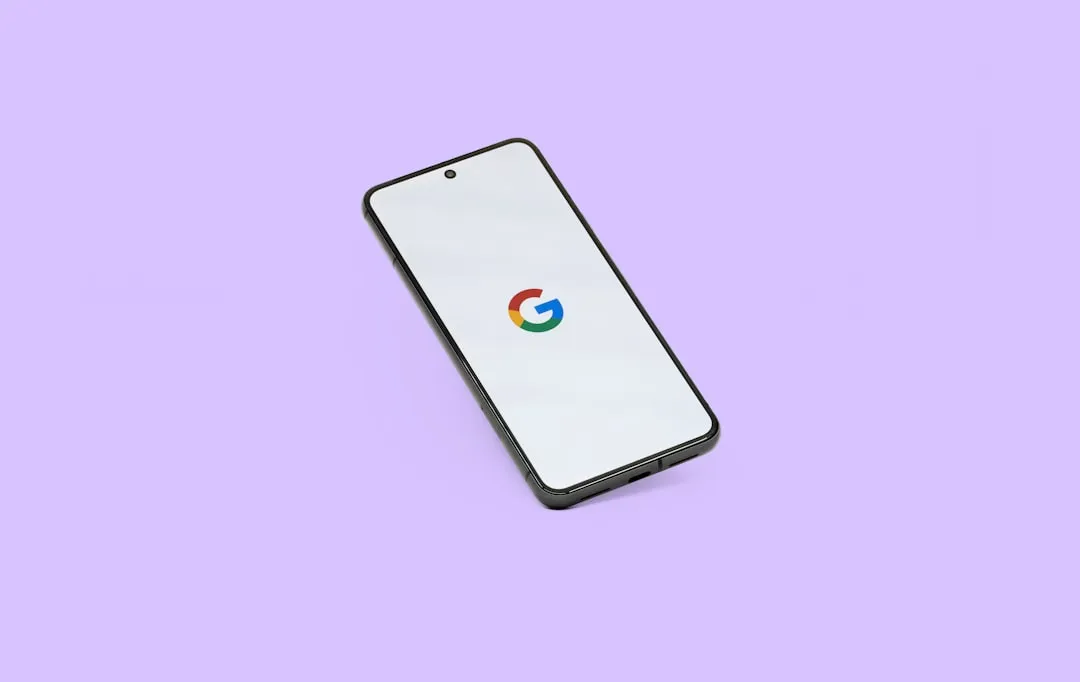

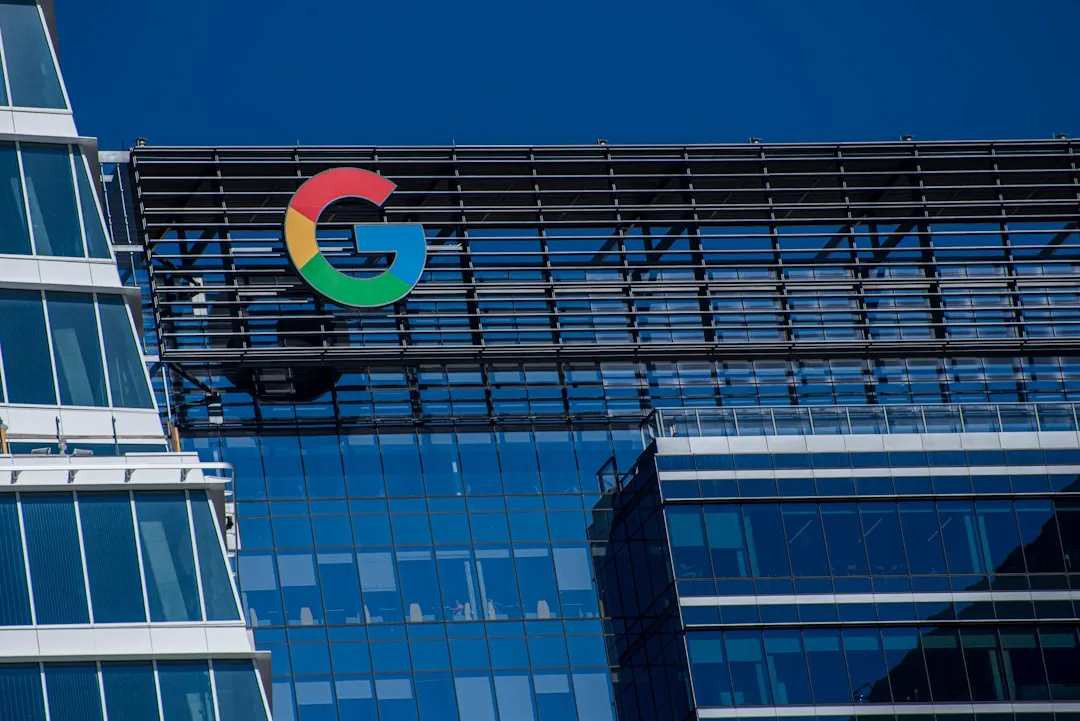
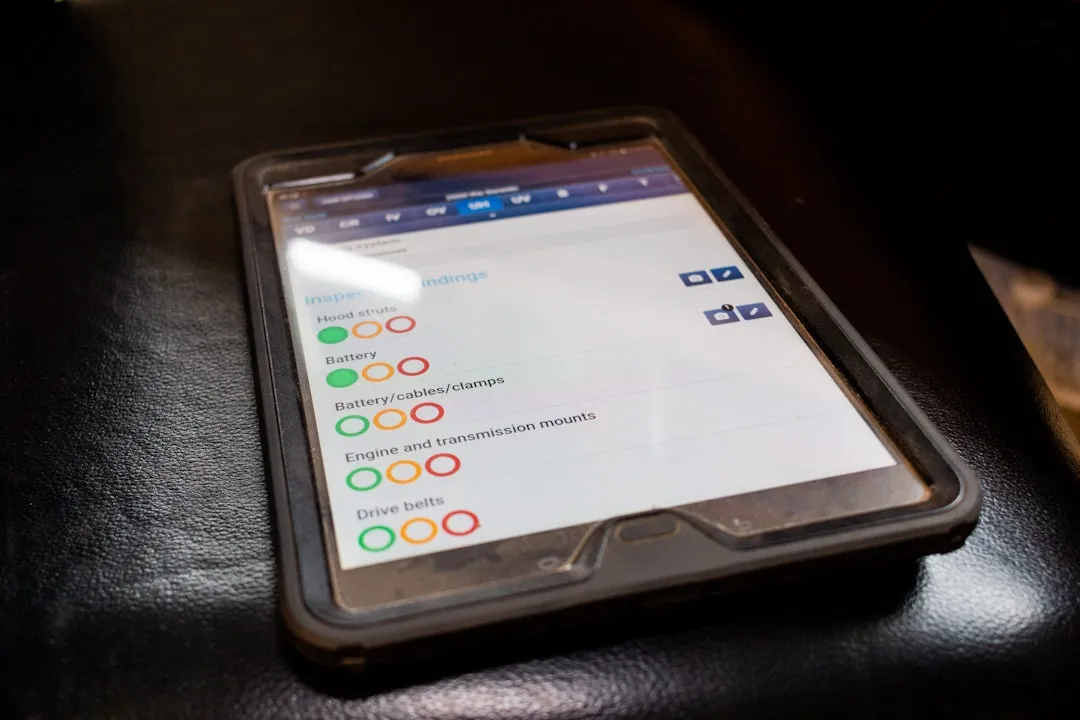







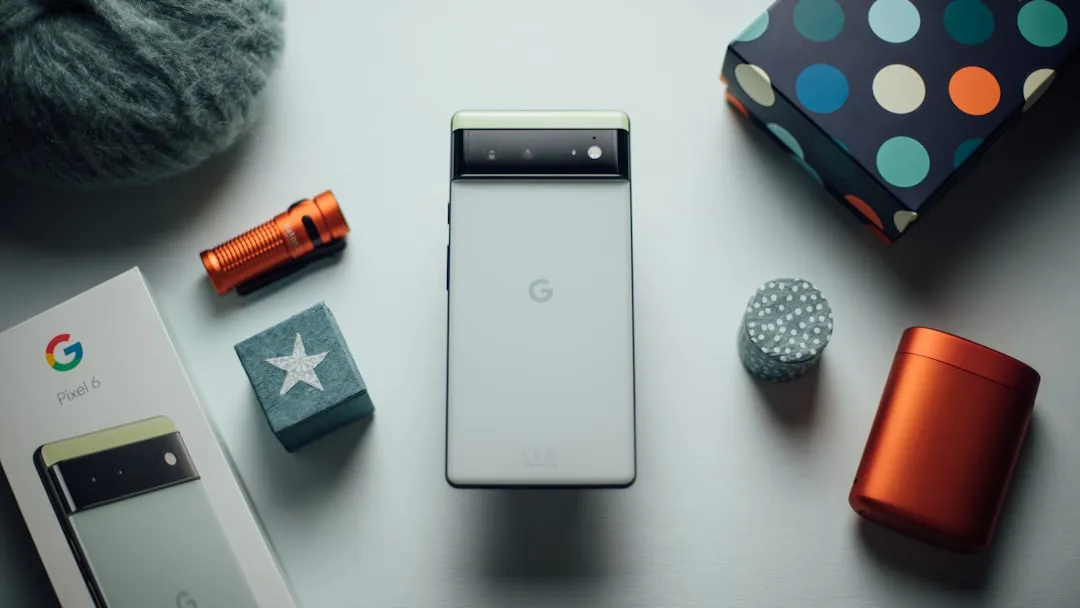
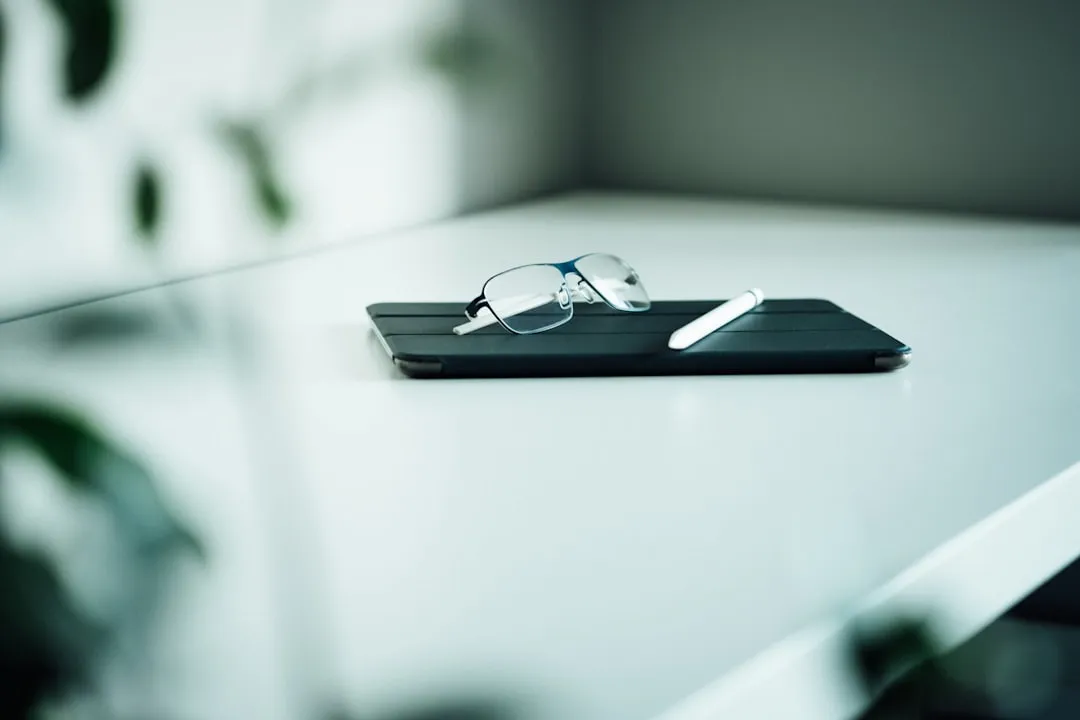
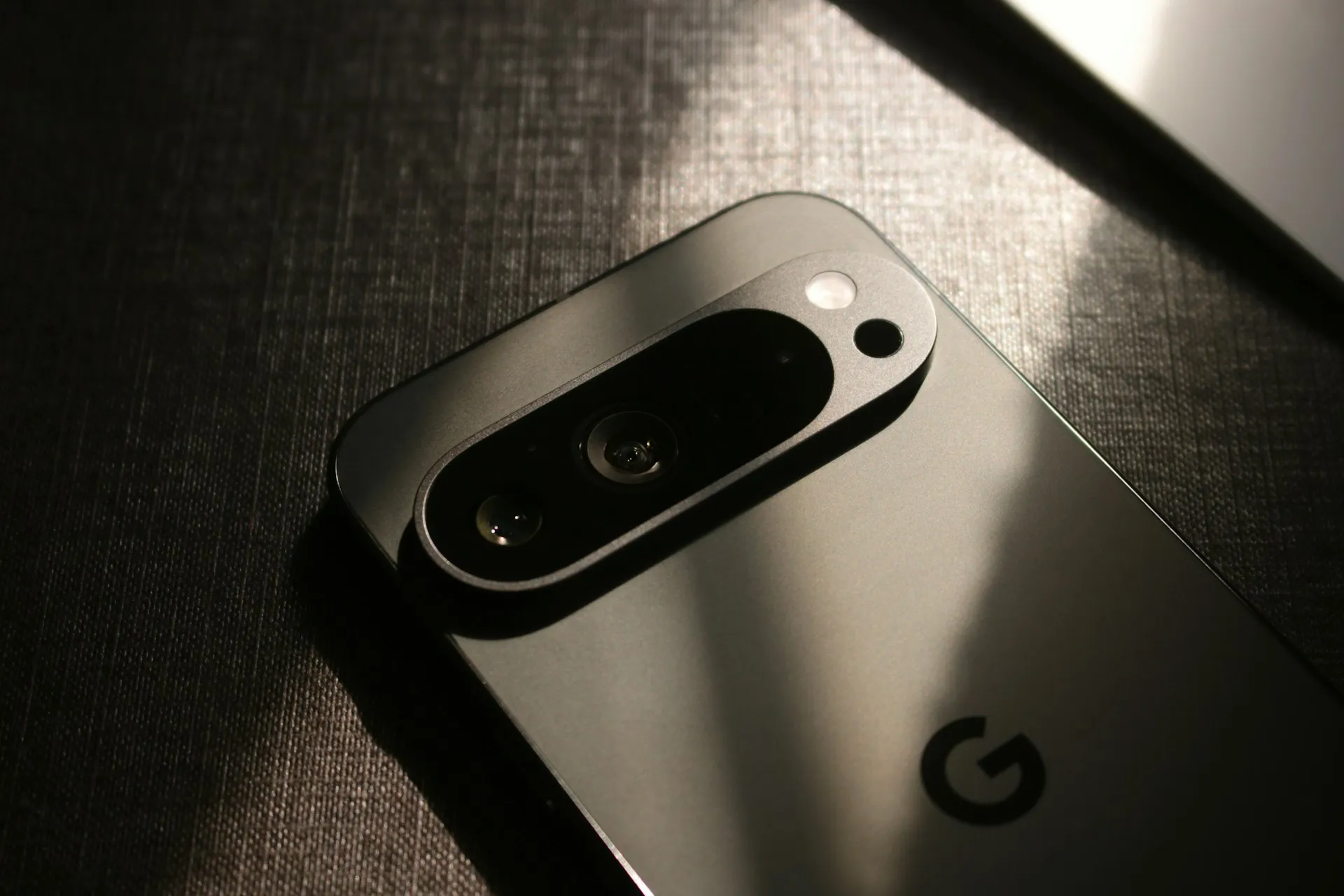
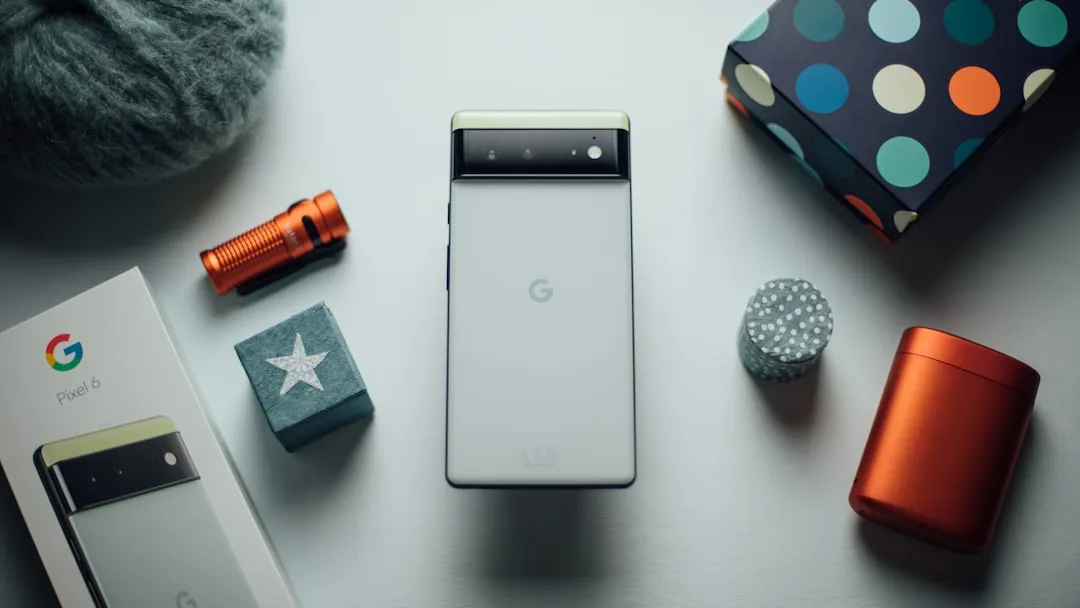
Comments
Be the first, drop a comment!